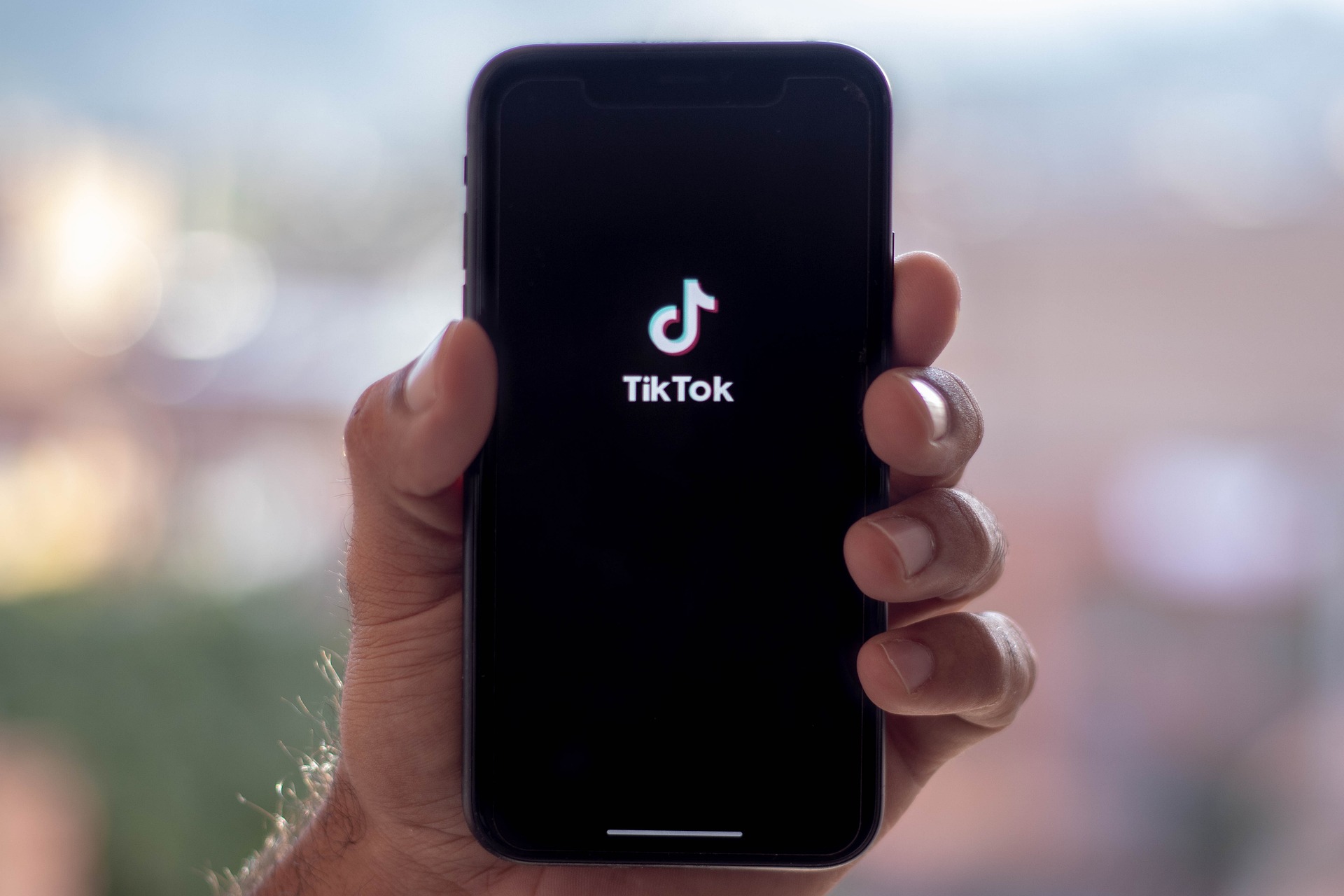How to Earn Money with TikTok
TikTok can be a practical platform for creators who want to generate income using short-form video. This article outlines realistic methods, what drives earnings, and everyday tools you likely already have. The aim is to explain options clearly so creators can choose approaches that match their skills, audience, and time commitment.

How can you make money on TikTok?
Creators earn money on TikTok through a mix of direct payments and third-party deals. Direct options include in-app features such as gifts or Creator Funds where available; third-party routes include brand partnerships, affiliate links, and selling products or services. Each path requires consistent content, an engaged audience, and clear niche positioning to convert views into revenue.
Building steady earnings typically depends on more than single viral clips. Regular posting, accurate analytics review, and audience interaction increase the chance of repeat views and loyal followers. Treating your account like a small business—tracking performance, testing formats, and refining messaging—helps stabilize income over time.
How does social media influence earnings?
Earnings on TikTok are shaped by broader social media dynamics like platform trends, algorithm changes, and audience behavior. Cross-posting content to other social channels, or directing followers to email lists or a website, can multiply revenue opportunities and reduce dependence on one platform. Discoverability on social media also affects how quickly a creator can scale their reach and monetization.
Engagement quality matters: comments, shares, and saves are often more valuable than pure view counts for brands and conversion metrics. Social proof from other platforms can attract sponsorships, while a clear, consistent presence in your local services or niche market helps brands assess fit and budget for collaborations.
What revenue options exist on TikTok?
Revenue options include creator monetization programs (where available), brand sponsorships, affiliate marketing, selling digital or physical products, and offering services like coaching or consulting. Live broadcasts can generate gifts that convert to cash; short videos can be optimized to drive traffic to monetized pages off-platform. Each option carries different workflow and margin considerations.
Creators often combine several streams to reach sustainable income. For example, sponsorship fees can cover short-term needs while affiliate commissions or product sales provide recurring revenue. Tracking which formats and topics generate the most revenue lets creators reallocate effort to the highest-return activities without relying solely on unpredictable virality.
How do content creator partnerships work?
Brand partnerships typically start with outreach from brands or agencies, or with creators pitching to potential partners. Contracts cover deliverables (number and type of posts), usage rights, timelines, and payment. Rates vary widely based on audience size, engagement, niche, and content quality. Clear briefs and performance metrics (views, click-throughs, conversions) help both parties evaluate ROI.
Micro-influencers—creators with smaller but highly engaged audiences—often secure partnerships by demonstrating meaningful engagement and audience alignment. Deliverables can include takeovers, product demos, discount codes, or long-term ambassador roles. Maintaining transparency about sponsored content is important for trust and compliance with platform and advertising rules.
Can a smartphone be enough to earn on TikTok?
Yes — a smartphone is often the primary tool for successful TikTok creators. Modern smartphones support high-quality video, editing apps, and direct upload to TikTok. Good framing, clear audio, and thoughtful scripting can make smartphone-shot videos perform well. Many creators start with basic gear and upgrade only after validating their content strategy and audience demand.
Improving production on a smartphone can be inexpensive: use natural light or an affordable ring light, clip-on microphones for clearer audio, and free or low-cost editing apps for polishing clips. The essential skill is creating content that resonates with viewers; technical upgrades should follow demonstrated audience interest rather than precede it.
TikTok earnings depend on many factors including niche, consistency, engagement, and external monetization strategies. Tracking performance and diversifying income streams across sponsorships, affiliate revenue, merchandise, and in-app features generally leads to more reliable results. Legal and tax considerations vary by country; creators should keep records of income and consult local guidance for reporting obligations.
Conclusion
Earning money with TikTok is achievable through a combination of platform-based monetization, external revenue streams, and practical use of a smartphone and social media skills. Success typically requires experimentation, consistent content, and audience focus rather than reliance on a single viral hit. By treating content creation as a small business and diversifying income paths, creators can develop sustainable earnings over time.






